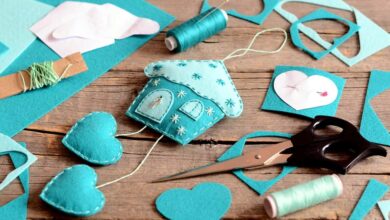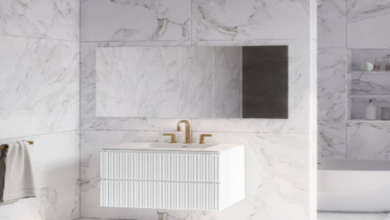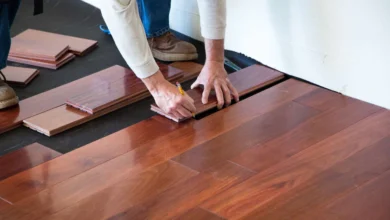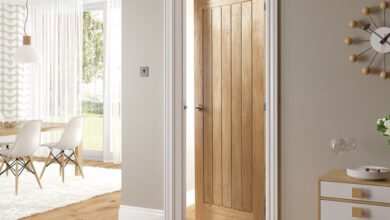The Psychology of Office Furniture: Design for Success
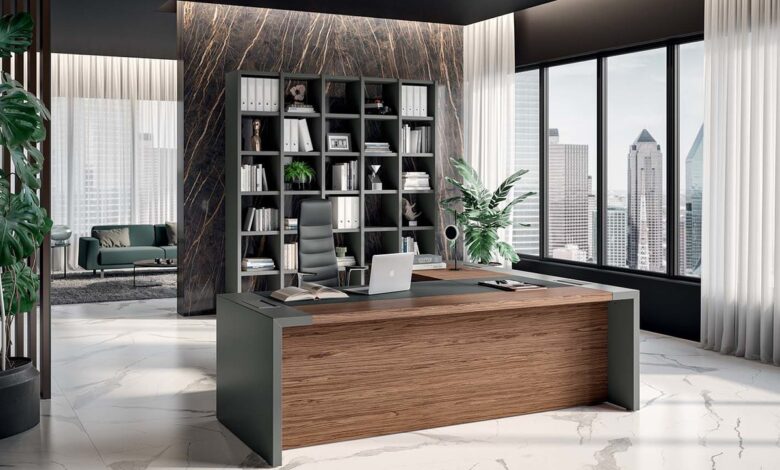
In the world of office design, where everything from layout to lighting is meticulously planned, one element often tends to be underestimated – office furniture. Yet, the choice can profoundly impact employee productivity, well-being, and overall success. The psychology of choosing the right furniture is a fascinating field that delves into how the design and arrangement of furniture can influence people’s thoughts, behaviours, and even their job performance. Explore the critical aspects of furniture design for offices contributing to a successful and productive work environment.
Ergonomics: The Key to Comfort and Efficiency
Ergonomics is at the heart of furniture design. It focuses on creating furniture that is not only comfortable but also supports proper posture and reduces the risk of musculoskeletal problems. Chairs with advanced adjustable features, such as lumbar support and armrests, help employees maintain good posture and reduce discomfort during long work hours. Ergonomically designed desks with adjustable heights accommodate various working styles, whether standing or sitting. Comfortable and pain-free employees can concentrate better, resulting in increased productivity.
Colour Psychology: Setting the Mood
The colours used play a significant role in setting the mood and atmosphere of the workspace. Neutral colours like white, grey, and beige can create a clean and professional environment, but they may also feel sterile and uninspiring. On the other hand, splashes of colour splashed through furniture like chairs, couches, or tables can inject energy and creativity into the office. To illustrate, blue is renowned for instilling a sense of tranquillity and focus, whereas yellow has the potential to spark creativity and foster a positive outlook. The choice of colours should align with the company’s culture and the desired emotional state of the employees.
Space Planning: Encouraging Collaboration
Furniture placement is a crucial element of space planning. The arrangement of desks, tables, and seating can facilitate or hinder employee collaboration. Open-plan layouts with modular furniture can encourage spontaneous interactions and teamwork. On the other hand, designated breakout areas with comfortable seating can provide employees with spaces for informal discussions and brainstorming sessions. Companies can foster community and teamwork by strategically placing office furniture, leading to increased innovation and problem-solving.
Personalisation and Identity
It can also contribute to building a sense of identity and belonging among employees. Customizable furniture options allow individuals to personalise their workspaces, making them feel more connected to their environment. This personal touch can boost employee morale and job satisfaction. Moreover, incorporating elements of the company’s brand or culture into the furniture design can reinforce a sense of belonging and purpose. Employees who feel connected to their workspace are more likely to be motivated and engaged in their tasks.
Sustainability: A Responsible Choice
Sustainability is significant in furniture design in today’s environmentally conscious world. Choosing sustainable materials and manufacturing processes reduces the environmental footprint and aligns with the values of many employees and customers. Furniture made from recycled or renewable materials and certified by eco-friendly standards can create a positive image for the company. Sustainable choices are good for the planet but also for the well-being of employees, as they often contain fewer harmful chemicals and allergens.
Conclusion
In office design, the psychology of office furniture is a vital yet often overlooked aspect that can greatly influence the success of a workspace. From ergonomics that ensure employee comfort and well-being to the strategic use of colours and space planning that encourage collaboration, these furnishings play a multifaceted role in shaping the work environment. Moreover, personalization and sustainability are key factors contributing to employee morale and aligning with modern values. They can transform a mundane workspace into a dynamic and thriving productivity hub when thoughtfully designed and chosen.
